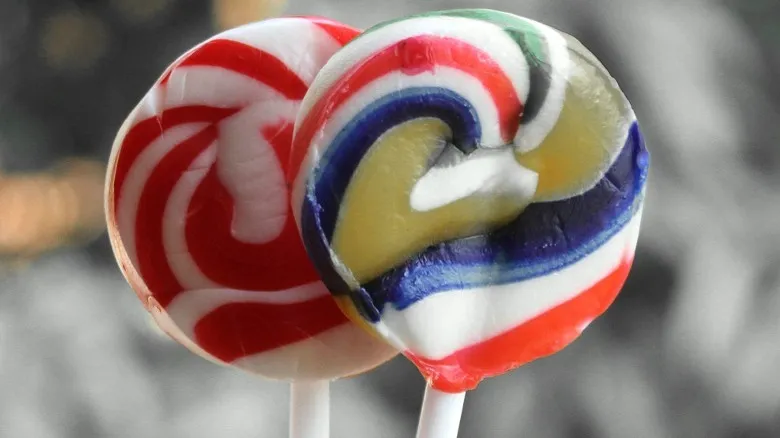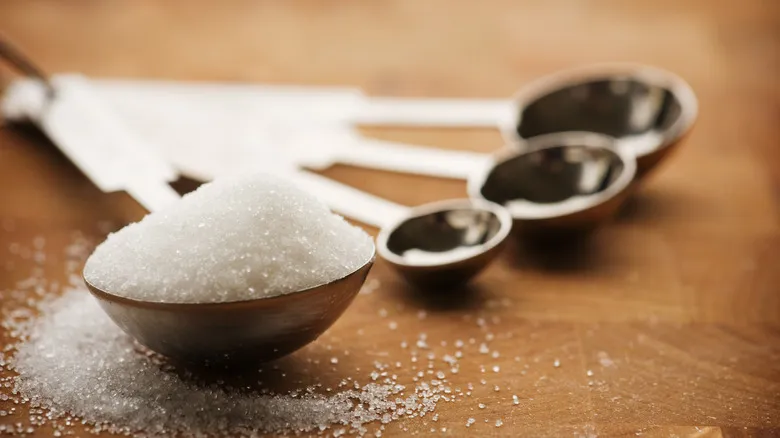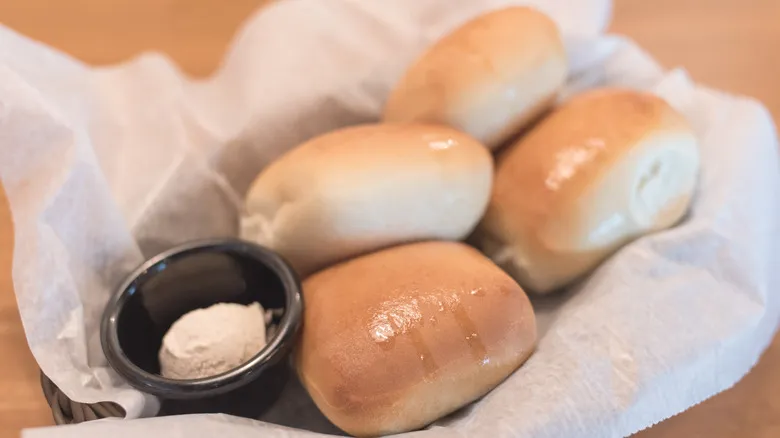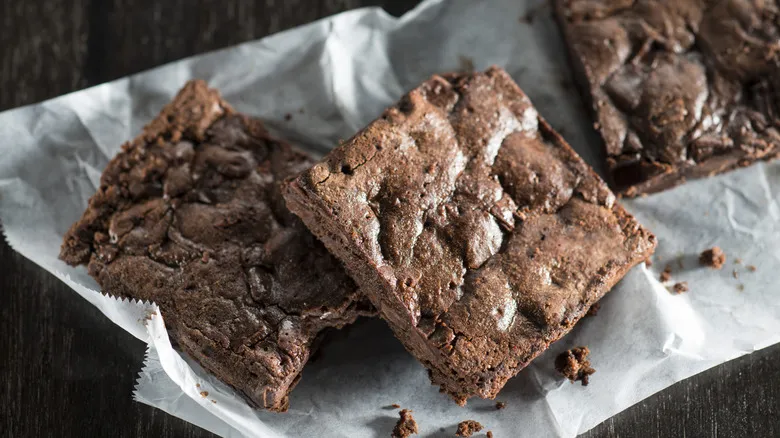What is isomalt?

Isomalt was first identified in the 1950s, but it didn't see widespread production until the 1980s. This sugar alcohol has a sweet taste, though it is only about half as sweet as regular sugar. While it is best known for creating stunning sugar sculptures, it also serves as a sugar substitute for those aiming to reduce their sugar consumption or for individuals with specific dietary requirements, such as diabetes.
The production of isomalt involves converting sucrose—usually sourced from beets—into isomaltose, a common component in low-sugar products. This isomaltose is then transformed into isomalt. Once processed, isomalt shares several physical traits with sugar; it appears white and granulated, yet the two differ in many respects. For example, isomalt is highly heat-resistant, making it ideal for hard candies and elaborate edible decorations. While sugar caramelizes at moderate temperatures (around 320 degrees Fahrenheit), isomalt retains its original color until exposed to much higher temperatures (over 400 degrees Fahrenheit). Additionally, once isomalt reaches a moderate temperature, it can be easily shaped or poured into molds, making it a popular choice for creating intricate flower designs or glass-like shards for cake toppers.
Isomalt can be found at baking supply stores or craft retailers like Michaels, available in its classic white form or in various colors. You can also mix it with food coloring to achieve a custom hue before heating.
What is sugar?

Everything you need to know about sugar could fill an entire book, but for this discussion, sugar is produced by processing raw sugar cane in a mill to eliminate the fibrous, inedible parts and extract the juice. This juice then undergoes various treatments to crystallize and achieve its final forms, such as granulated or powdered sugar. There are several types of sugar, with table sugar (also known as granulated sugar) being one of the most common. Other varieties include raw sugar, brown sugar, and turbinado sugar, among others.
Each type of sugar has distinct physical properties. However, sugar is generally recognized for its ability to dissolve in liquids and caramelize when heated, making it quite versatile.
Sugar is also a significant component of our diets. Refined sugars are frequently used in cooking and baking. While it is most commonly associated with sweet treats like chocolate chip cookies and banana bread, it can also be found in savory dishes. There is an ongoing debate about whether it is acceptable to add sugar to homemade tomato sauce to balance acidity or enhance flavor complexity. Additionally, sugar can be added to drinks like lemonade, coffee, or tea. It has an indefinite shelf life, and unlike isomalt, it is readily available at most grocery stores.
Can you use isomalt instead of sugar?

In general, isomalt can be used as a direct substitute for sugar in a one-to-one ratio. For example, if a recipe requires one cup of sugar, you can replace it with one cup of isomalt. However, isomalt cannot be used in every recipe due to its different physical properties compared to sugar. For instance, it does not dissolve easily in liquids, making it unsuitable as a sweetener for drinks.
On the other hand, isomalt is perfect for creating sweet, low-sugar hard candies, sugar art, and lollipops. It can also be used as a sugar alternative in baked goods. While it is not as sweet as sugar, it performs well in cakes, cupcakes, muffins, pies, and cookies. If you prefer a less sweet flavor, it is best to use isomalt in recipes that feature other sweet ingredients, such as oatmeal-raisin cookies, where the natural sweetness of the raisins compensates for the reduced sweetness, especially if you follow Duff Goldman's tip of soaking the raisins (and oats). Additionally, due to its ability to withstand higher temperatures, isomalt cannot replace perfectly caramelized sugar.
Recommended

The Reason Texas Roadhouse Rolls Taste So Delicious

The Fruity Addition That Instantly Upgrades Boxed Brownies

Give Pastries A Bakery-Level Finish With A Little Egg Wash

How Many Cups Of Frosting Does It Take To Ice A Small Cake?
Next up

